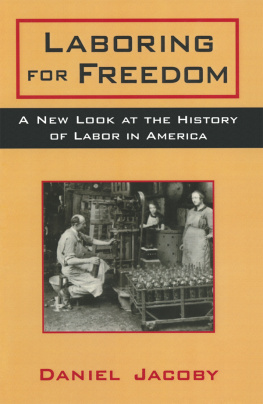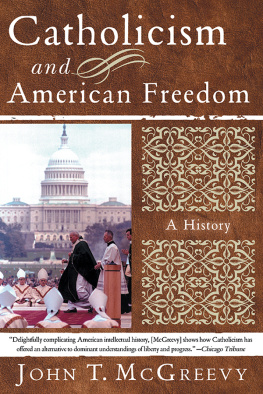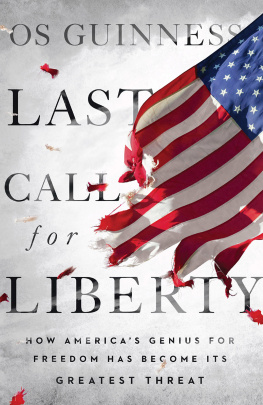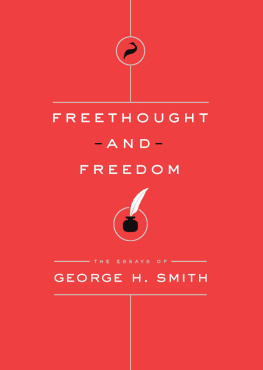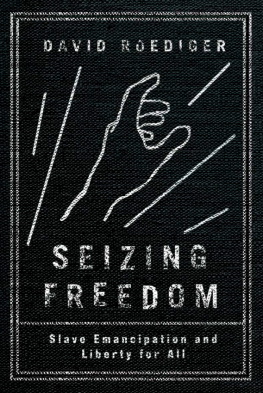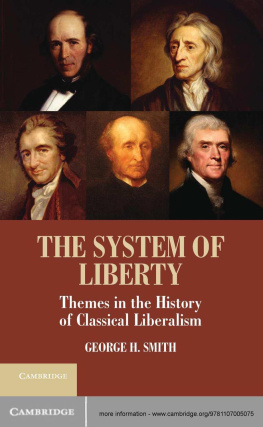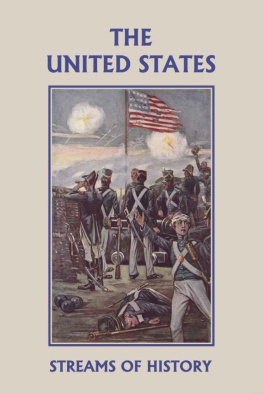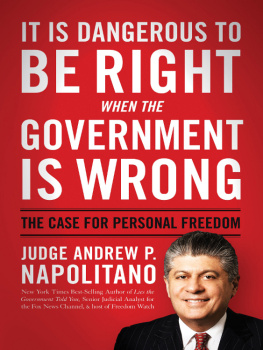LABORING
FOR FREEDOM
First published 1998 by M.E. Sharpe
Published 2015 by Routledge
2 Park Square, Milton Park, Abingdon, Oxon OX14 4RN
711 Third Avenue, New York, NY 10017, USA
Routledge is an imprint of the Taylor & Francis Group, an informa business
Copyright 1998 Taylor & Francis. All rights reserved.
No part of this book may be reprinted or reproduced or utilised in any form or by any electronic, mechanical, or other means, now known or hereafter invented,including photocopying and recording, or in any information storage or retrieval system, without permission in writing from the publishers.
Notices
No responsibility is assumed by the publisher for any injury and/or damage to persons or property as a matter of products liability, negligence or otherwise,or from any use of operation of any methods, products, instructions or ideas contained in the material herein.
Practitioners and researchers must always rely on their own experience and knowledge in evaluating and using any information, methods, compounds, or experiments described herein. In using such information or methods they should be mindful of their own safety and the safety of others, including parties for whom they have a professional responsibility.
Product or corporate names may be trademarks or registered trademarks, and are used only for identification and explanation without intent to infringe.
Library of Congress Cataloging-in-Publication Data
Jacoby, Daniel, 1951
Laboring for Freedom : a new look at the history of labor in America / Daniel Jacoby.
p. cm.
Includes bibliographical references and index.
ISBN 0-7656-0251-2 (alk. paper). ISBN 0-7656-0252-0 (pbk. : alk. paper)
1. LaborUnited StatesHistory. 2. Labor movementUnited StatesHistory.
3. Labor policyUnited StatesHistory. 4. Labor laws and legislationUnited
StatesHistory. I. Title.
HD8066.J33 1998
331.0973dc21
9731985
CIP
ISBN 13: 9780765602527 (pbk)
ISBN 13: 9780765602510 (hbk)
For my mother Dorothy and my daughter Corianna,
Though I am sad neither of you can read this now, I am thankful we have had these times together.
My love and affection.
Contents
It is a pleasure to acknowledge the assistance and encouragement I received from others during the course of this book. Foremost, I want to thank Bruce Kochis, who scrutinized both the structure and content of my work. Not only did he read my manuscript carefully, but he also knew how to provide feedback that my delicate ego could process. I also want to thank the students, particularly Priscilla Holcomb, Tobin Dale, and Angie Douglas, who, after struggling through relatively unedited copies, commented on those early versions of this manuscript. Melvyn Dubofsky deserves two thanks, one for being the extraordinary undergraduate teacher who interested me in my subject, and the second, for his helpful suggestions in reviewing the manuscript for M.E. Sharpe. Upon their readings, Michael Honey and Alan Wood each provided ideas as well as moral support. Elinore Appel provided constructive and painstaking editorial assistance. My program director, Jane Decker, made it possible for me to find time to write despite a new baby and ever pressing departmental needs. The University of Washington generously provided financial support during the summer of 1994. I also wish to express appreciation to Marc Stern, Phillip Cushman, Constantin Behler, John Braeman, and C. Patrick Morris, all of whom have contributed to the making of this book. Finally, I want to thank my wife, Nancy Beaudet, who, over the years, has kept me a whole human being.
LABORING
FOR FREEDOM
People labored out of necessity, out of poverty, and that necessity and poverty bred the contempt in which laboring people had been held for centuries. Freedom was always valued because it was freedom from the necessity to labor.
Gordon S. Wood,
The Radicalism of the American Revolution
Freedom means work.
General Oliver O. Howard,
Freedmans Bureau, 1865
I would be hard-pressed to define the character of the United States without emphasizing the word freedom. Expressions such as home of the free, beacon of liberty, and crucible of freedom have been indelibly etched onto the American psyche. Despite widespread recognition that freedom is in some way linked to the American soul, accord extends little further. Even the nations two founding documents reveal tensions at the heart of our selfproclaimed virtue. From the time of the Declaration of Independence to the ratification of the Constitution, the term freedom was used to bridge a wide chasm separating competing conceptions. Under one conception, a persons freedom rested on self-evident and inalienable rights, while integral to the other, freedom was synonymous with an individuals liberty of contract. Blind faith appears the most promising way to span the chasm between these alternatives, but where faith fails, ambiguity has succeeded. Freedom has become a slogan full of sound and fury, which, rather than signifying nothing, may now, perhaps, signify everything.
One of freedoms allures is that it promises the impossible: a world without constraints holding us back from our desires. However, we cannot seriously begin to discuss freedom without placing limits upon it. Although this does violence to freedoms promise, we know freedom can never be absolute. The laws of nature pull us toward our death against our will. Likewise, the laws of man pull us toward our 1040 forms each April 15. As if it were not enough that gravity limits our leaps, civil ordinances keep us from scaling city buildings with climbing gear. In addition to nature and law, social taboos keep us from thinking the unthinkable or, at least, make most of us feel guilty when we do. We do not expect to be able to do everything, but we cannot stop ourselves from wishing to expand the range of the possible. When we are lucky, we can increase our power to do what we wish with little or no cost; more frequently there are trade-offs. So, what is left of our freedom?
That is precisely the crux of this book. It does little good to answer such a question in the abstract. It is better to think about the problems that freedom poses in a particular context. For our purposes that context is labor. One reason for starting here is that labor is central to the problem of freedom. After all, slaverythe antithesis of freedomis a specific condition of labor. More broadly, our personal knowledge of many labor contexts enables us to better understand the issues at stake. However, by placing freedom into this familiar context, we may be tempted to think we already know it all. One aim of this book is to liberate us from accustomed ways of thinking so that we can reconsider labor and the conditions of our liberty in a historical context. Only when we understand that the words we use today are rooted in circumstances quite different from those to which we presently apply them will we slowly gain mastery or freedom over our own thoughts.
Different Kinds of Freedom
There are three big issues that we will need to confront to gain a firm grasp on labor freedom. First, we must distinguish between the concepts freedom from and freedom to. This is an old distinction that few of us explicitly recognize in conversation. On one hand, it is the distinction between being free from governmental constraints, like not having to obtain a license before we hang up a shingle calling ourselves a doctor, and on the other, being free to achieve power, say, to turn our raw talents into the skilled practice of medicine. In the first case, we ask society not to stop us from doing something, while in the second case, we ask society to make available to us the means to accomplish our purposes or to exert our will. Laws, rules, and social inhibitions are the impediments from which we seek negative freedom or
Next page
